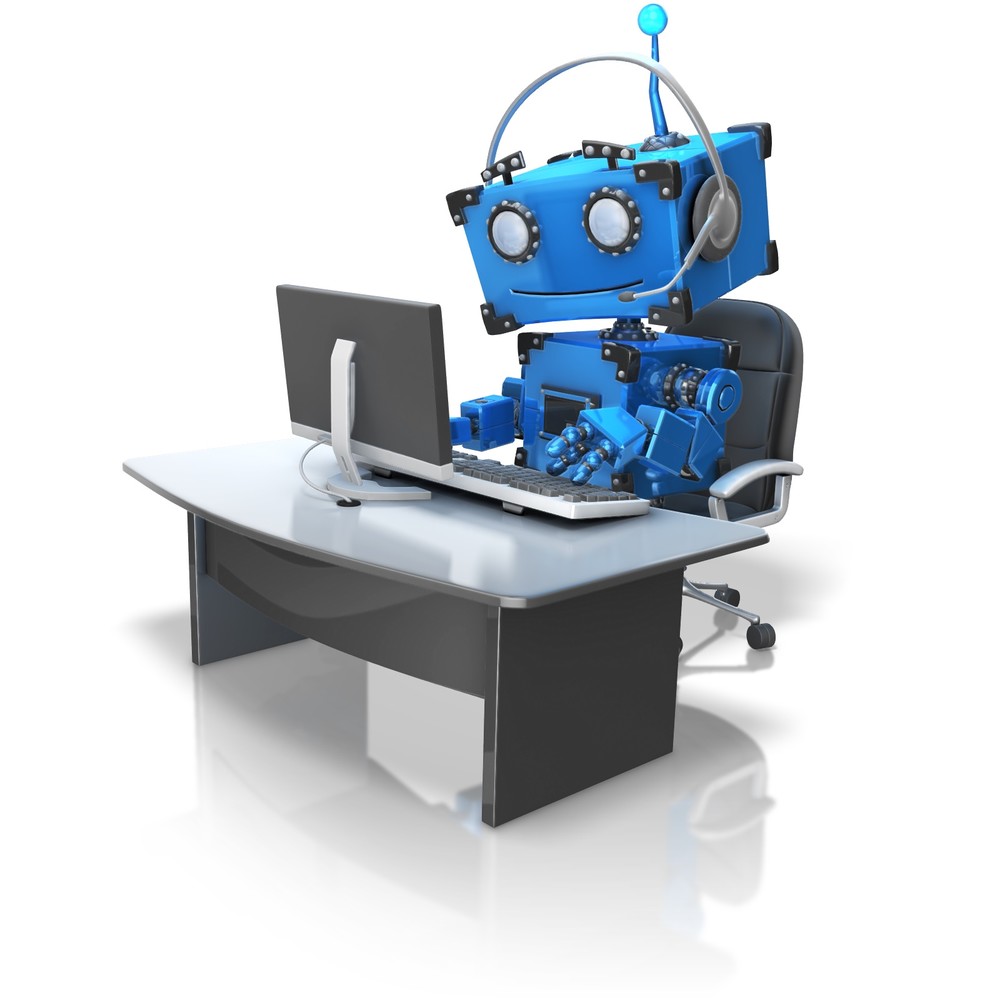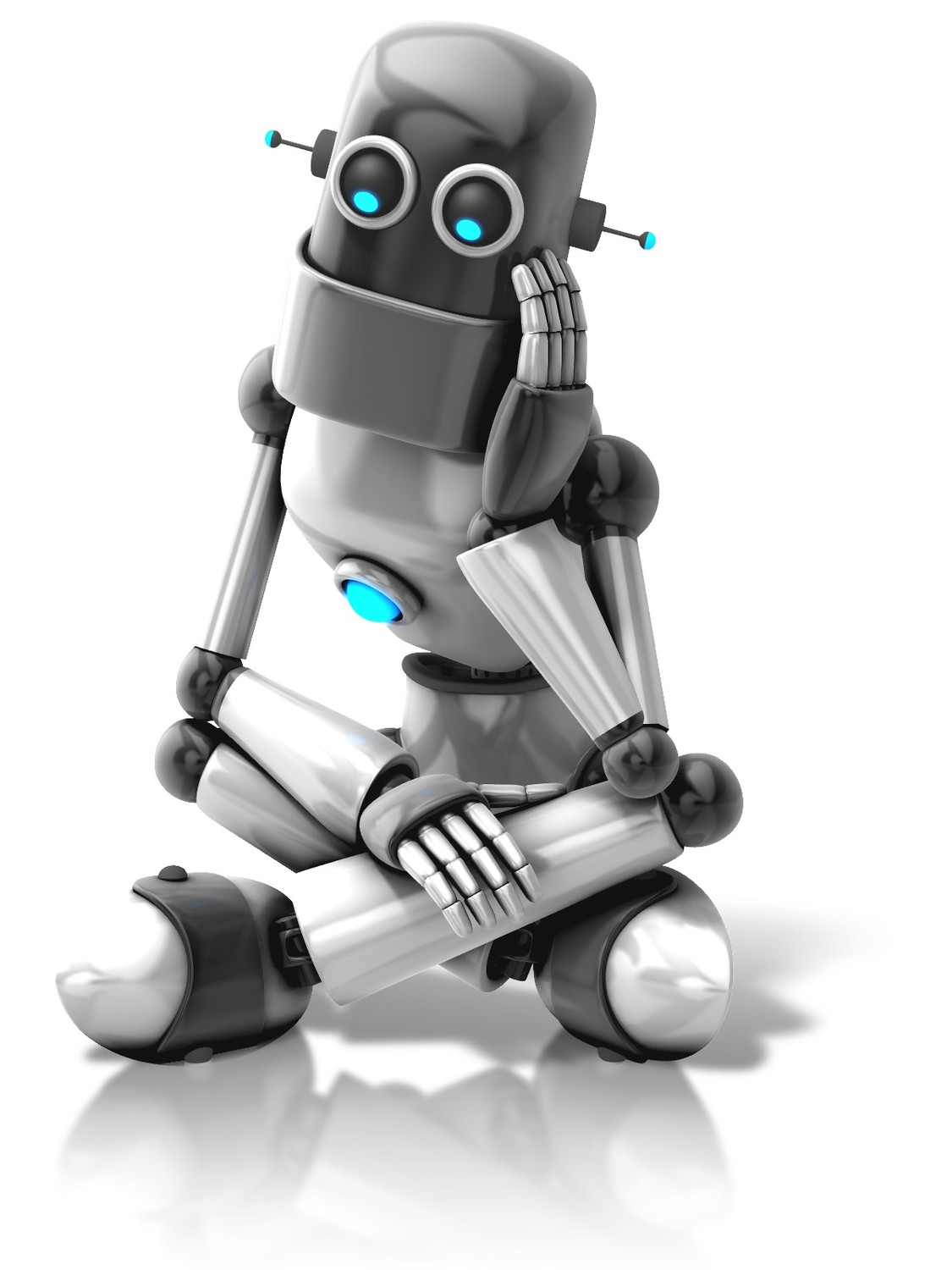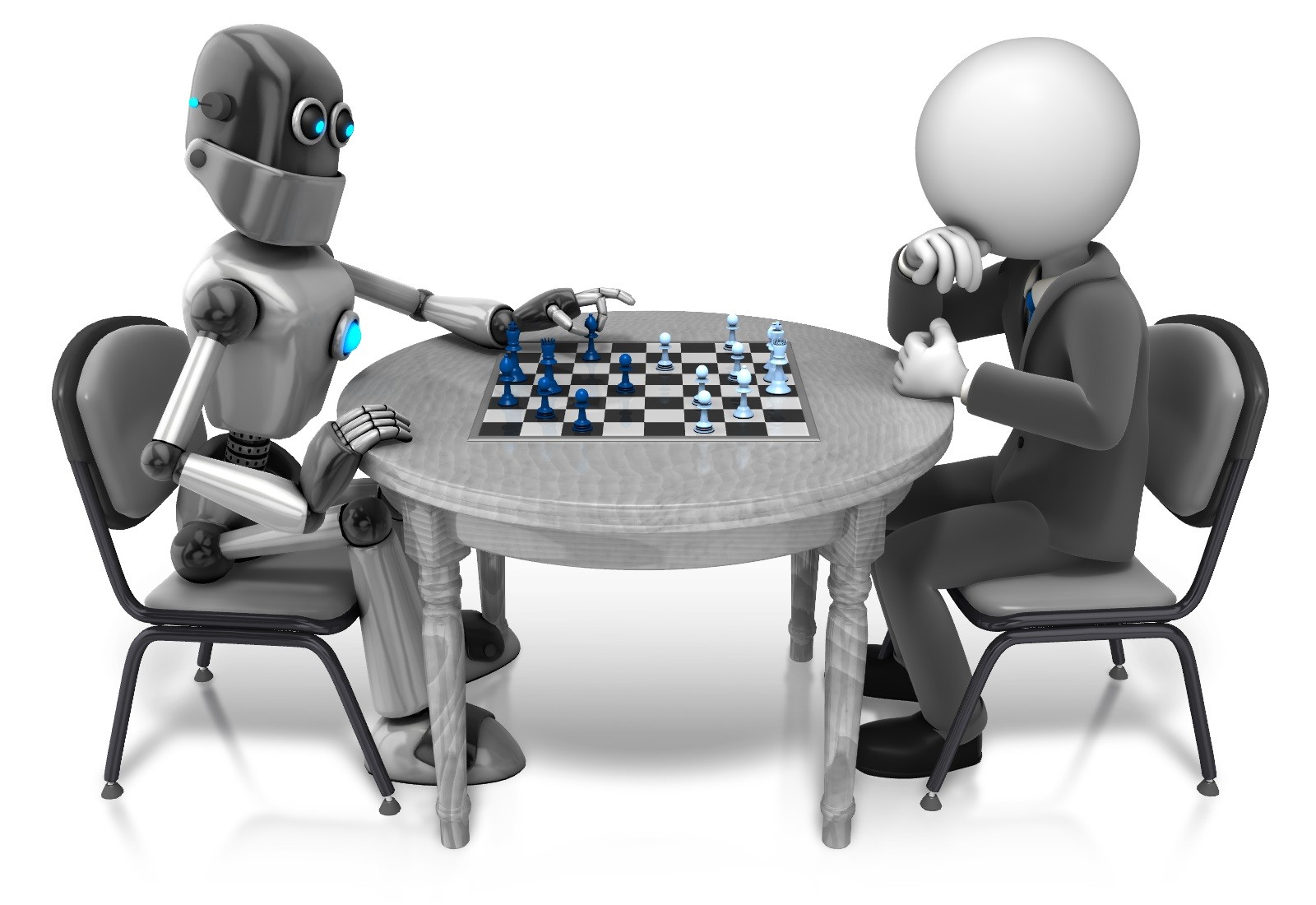(2) Real World Turing Test. Would You Pass?
First published on February 26, 2017

PDF of articles here: Are we the New Digital Soylent Green - PDF
("Soylent Green Is People").
As I sit here thinking about the possibilities and rapid growth of Artificial Intelligence, I start to wonder how much this has already impacted our lives? I suppose the first question should be 'What is artificial intelligence?' Before we go there though, I thought I would check, what is 'intelligence'. Off to Google I go and ask;
"intelligence oxford definition".
The first result...
"The theory and development of computer systems able to perform tasks normally requiring human intelligence, such as visual perception, speech recognition, decision-making, and translation between languages."
So, I guess that answers that question. AI 1, Human 0. Intelligence according to AI appears to be something that 'normally requires human intelligence'. So, what happens when AI becomes the 'norm'? To answer that we should probably go to the first 'norm' for AI. This could probably be best identified as the Turing Test in the real world i.e. the chatbot. If you have ever interacted with online help, you have already participated in one of the millions of hybrid (person/AI) or pure AI Turing Tests that occur daily.

The next time you respond to the 'Hi, my name is [insert name here]. How may I help you?' followed by a delay or 'Let me check on that for you', ask yourself, is this a person or or this a 'Test'? Typically it is an interaction involving both where keyword searches, NLP and other techniques help the actual person respond to many callers at once by focusing the discussion and inserting artificial delays. These artificial delays are similar to how the older automated call centers asked you to 'press one for...' then 'enter your account number'. This is was usually followed later in the call by a person asking for the account number you had typed in at the beginning of the call. The key presses in most cases were just to distract while you held on the line for the next person to answer. Once you realized that tactic, or lost patience when this was your 'nth call, it was not too long before you just hit the '0' key and got straight to a person. In the case of pushing keys on your phone, the automated part is easy to identify. However, would you recognize which parts are automated and which are 'human' in that chatbot conversation?

We may be a long way from HAL's "I'm sorry, Dave. I'm afraid I can't do that." AI that can truly pass for 'human' and meet the next generation Turing Test might appear to be a long way off. However, we are now in a world of twitter, text and other forms of instant messaging which have become the 'norm' for human interaction. As such, we could be inadvertently making it easier for the machine to meet our new conversation standards. When conversations are limited to 140 characters or less, the bar for communication isn't so high. Reduce that further to emoji's and acronyms and we are moving our standard closer to that of the early chatbot's. Just as AI learns recursively through repetition, so do we. The current trend continues to erode the formal communications the older generations were used to in favour of short bursts of chatter. As a result our day today electronic interactions are starting to look more like that of the AI.

With the evolution of communication, maybe the question now becomes, would a modern day human interaction pass the Turing Test of old? Is it more likely that you might be mistaken for a computer trying to behave like a human? Press 1 to answer yes, press 0 to answer no.